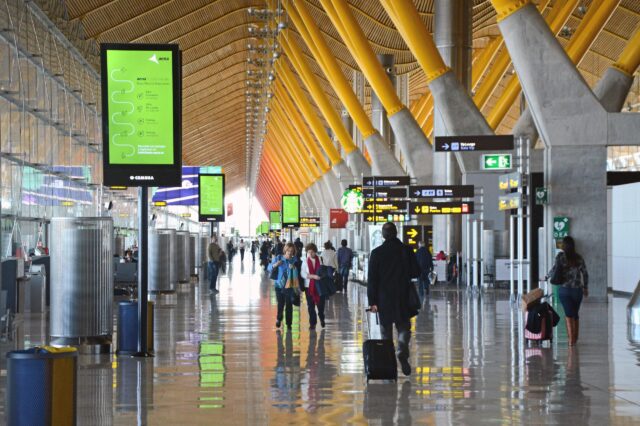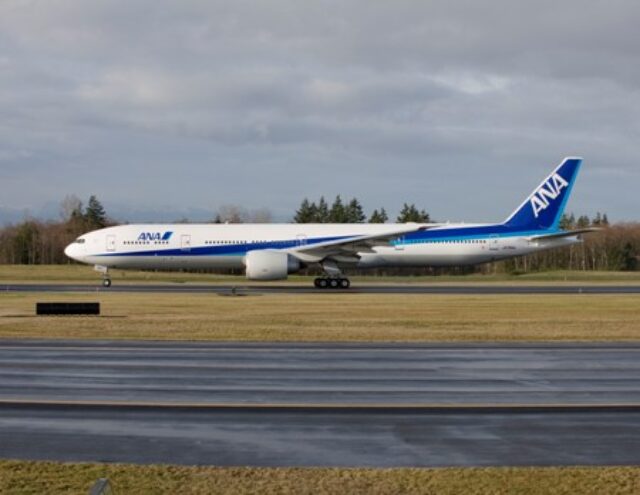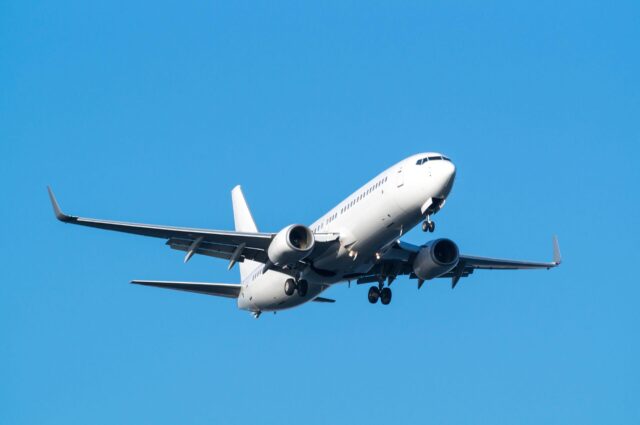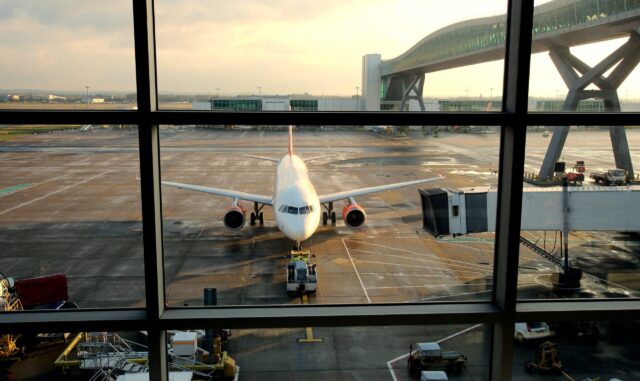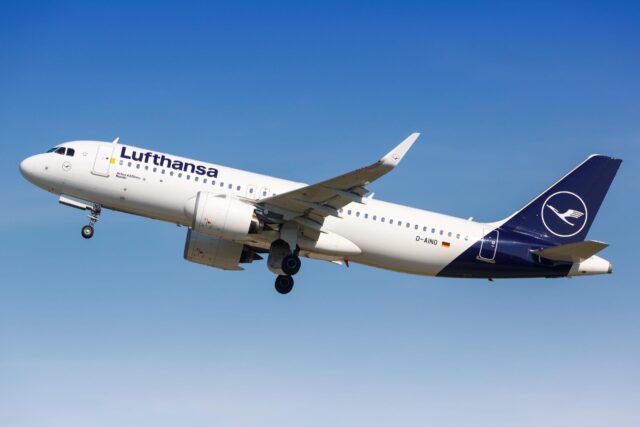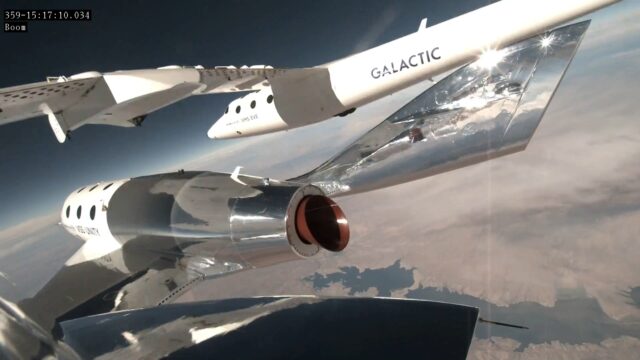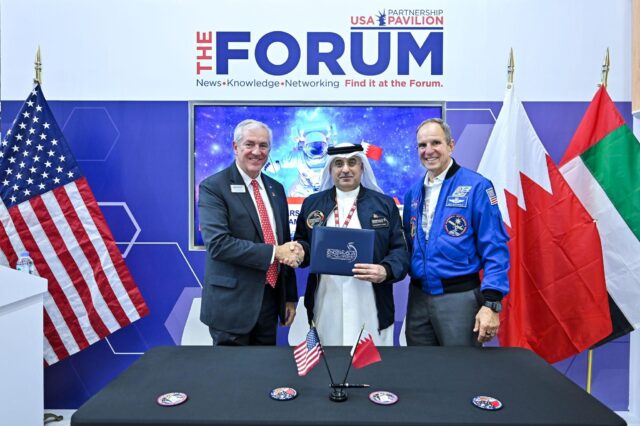Tackling turbulence: How AI and a supercomputer could help us design more efficient aircraft

July 26, 2025

Turbulence. It’s one of the few words that can tighten every seatbelt and silence a cabin.
For passengers, it might mean spilt tea or a white-knuckled grip on the armrest. For engineers and pilots, turbulence represents something far more complex: an unpredictable, chaotic force that remains one of aviation’s most difficult challenges.
Now, thanks to a pioneering project led by the University of Colorado Boulder, researchers are unlocking a new window into this invisible and often misunderstood phenomenon.
Using Aurora, one of the world’s most powerful supercomputers, housed at the US Department of Energy’s Argonne National Laboratory, the team is developing advanced models to understand airflow around aircraft in unprecedented detail.
At the heart of this effort is a deceptively simple goal: to improve the design of future aircraft by understanding how air moves, swirls, and separates in flight, especially around key structures like the vertical tail.
A tail too big for most flights?
Modern commercial aircraft are built with large vertical stabilisers to ensure safety in extreme situations, such as crosswinds or an engine failure during takeoff. These rare but high-risk scenarios dictate tail size. But for the vast majority of flights, the tail is much larger than necessary.
That extra size creates drag. Drag means more fuel burn, and more fuel burned means more emissions.

“Our team thought that if we could understand the physics of the flow better, we could design a smaller tail that’s still effective in worst-case-scenario conditions,” explains Riccardo Balin, assistant computational scientist at the Argonne Leadership Computing Facility (ALCF).
Reducing tail size—even slightly—could mean lighter, more efficient aircraft, with lower fuel use and emissions across every flight.
But to design with this level of precision, researchers need tools powerful enough to simulate airflow at full scale. That’s where Aurora comes in.
The power of exascale computing
Aurora is an exascale-class supercomputer, capable of performing more than a quintillion calculations per second; that’s a 1 followed by 18 zeros.
But it’s not just about speed. It’s about what that speed enables: ultra-high-fidelity simulations that were previously impossible.
Using Aurora, the team runs complex models of how air behaves around an aircraft in real flight conditions. They’re using a solver called HONEE to simulate turbulence, feeding the results into machine learning systems in real time.

Rather than storing vast amounts of data for later analysis, the system learns as the simulation runs. It’s faster, more efficient, and ideally suited to capture the chaotic, swirling patterns of turbulent air.
“While that’s a very ambitious goal, getting there involves improving the accuracy and robustness of our simulation tools,” says Kris Rowe, also an assistant computational scientist at ALCF. “We need to be able to trust the results they provide, and we need computing power that allows us to simulate larger, more realistic geometries.”
Why is turbulence so hard to predict?
Turbulence is notoriously difficult to model. It doesn’t follow predictable rules. Eddies and vortices interact in ways that defy easy mathematical representation.
To handle this, scientists use subgrid stress (SGS) models, techniques that estimate how smaller, unresolved eddies behave when a full-resolution simulation isn’t feasible.
Creating accurate SGS models requires massive, high-quality data, and interpreting that data requires deep expertise.

“Successful turbulence models require domain knowledge,” says Rowe. “You can’t just feed in data and expect good results. You need physics, insight, and vast computational power.”
Alongside HONEE, the team is using tools like SmartSim and PETSc, open-source libraries designed to streamline the exchange of data between simulations and machine learning systems. These tools eliminate traditional bottlenecks like writing huge datasets to disk, allowing everything to happen on the same high-performance hardware.
The aim is to reduce dependence on costly, time-consuming wind tunnel tests or full-scale prototypes. While physical testing will always play a role, high-resolution virtual models could accelerate aircraft development and cut costs across the industry.
Can supercomputers help us crack the turbulence code?
The benefits of this research go far beyond computer models and tail designs. More accurate turbulence prediction could mean smoother flights, better fuel efficiency, and safer aircraft for all passengers.
It also highlights how cutting-edge computing is quietly transforming parts of our daily lives we rarely consider, like how a tailfin is shaped, or how airflow behaves at 35,000 feet.
“We work closely with aircraft manufacturers to focus on problems that matter for current and future designs,” says Kenneth Jansen, professor of aerospace engineering at the University of Colorado.

This is a partnership between data and design, where AI, physics, and raw computing power combine to build safer, smarter aircraft.
In an era where aviation must cut emissions while improving performance, this project offers a meaningful step forward. It won’t change aviation overnight, but it is laying the foundation for aircraft that are more efficient, more precisely built, and more in tune with the air around them.
And the next time you feel a bump mid-air, it might be comforting to know that somewhere, deep inside a supercomputer, turbulence is being studied in detail most will never see, but which all will benefit from.




